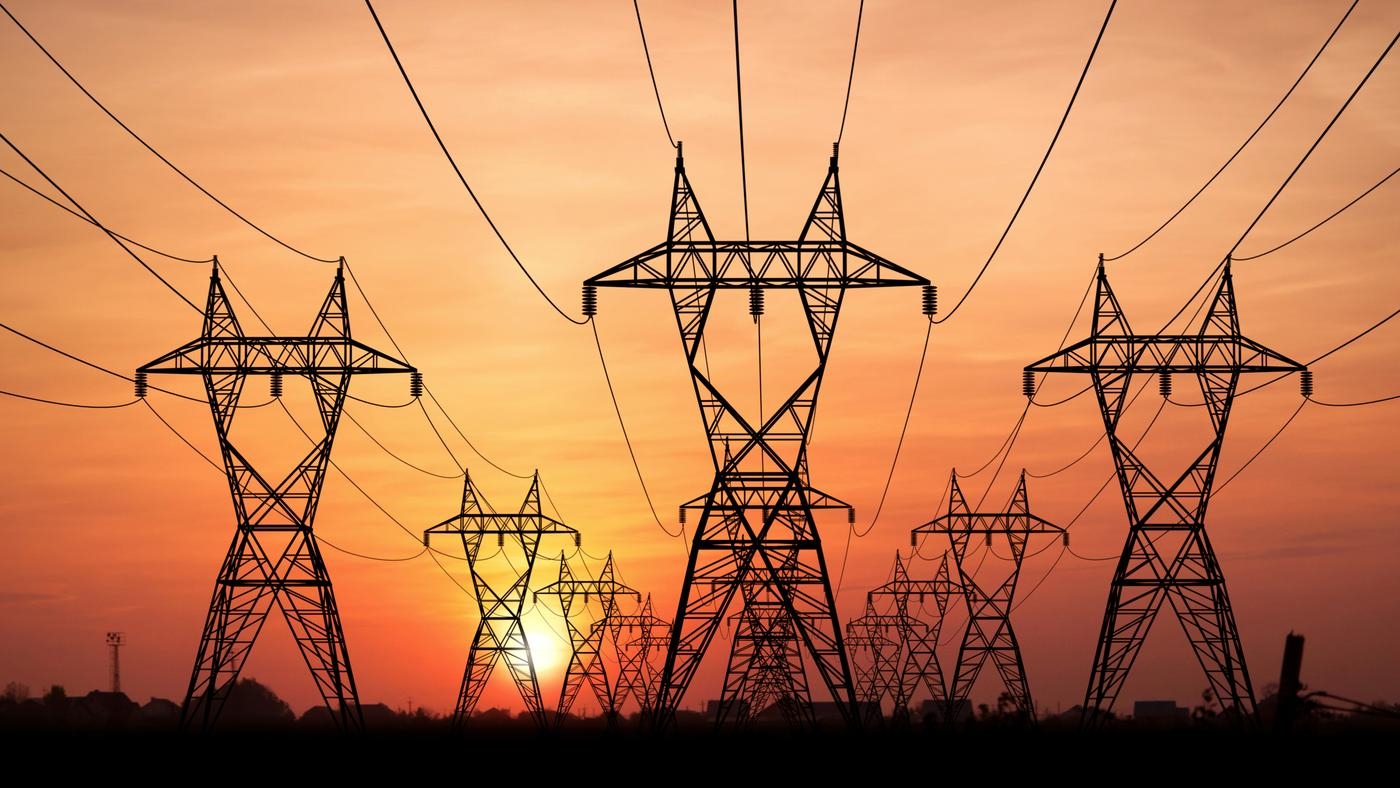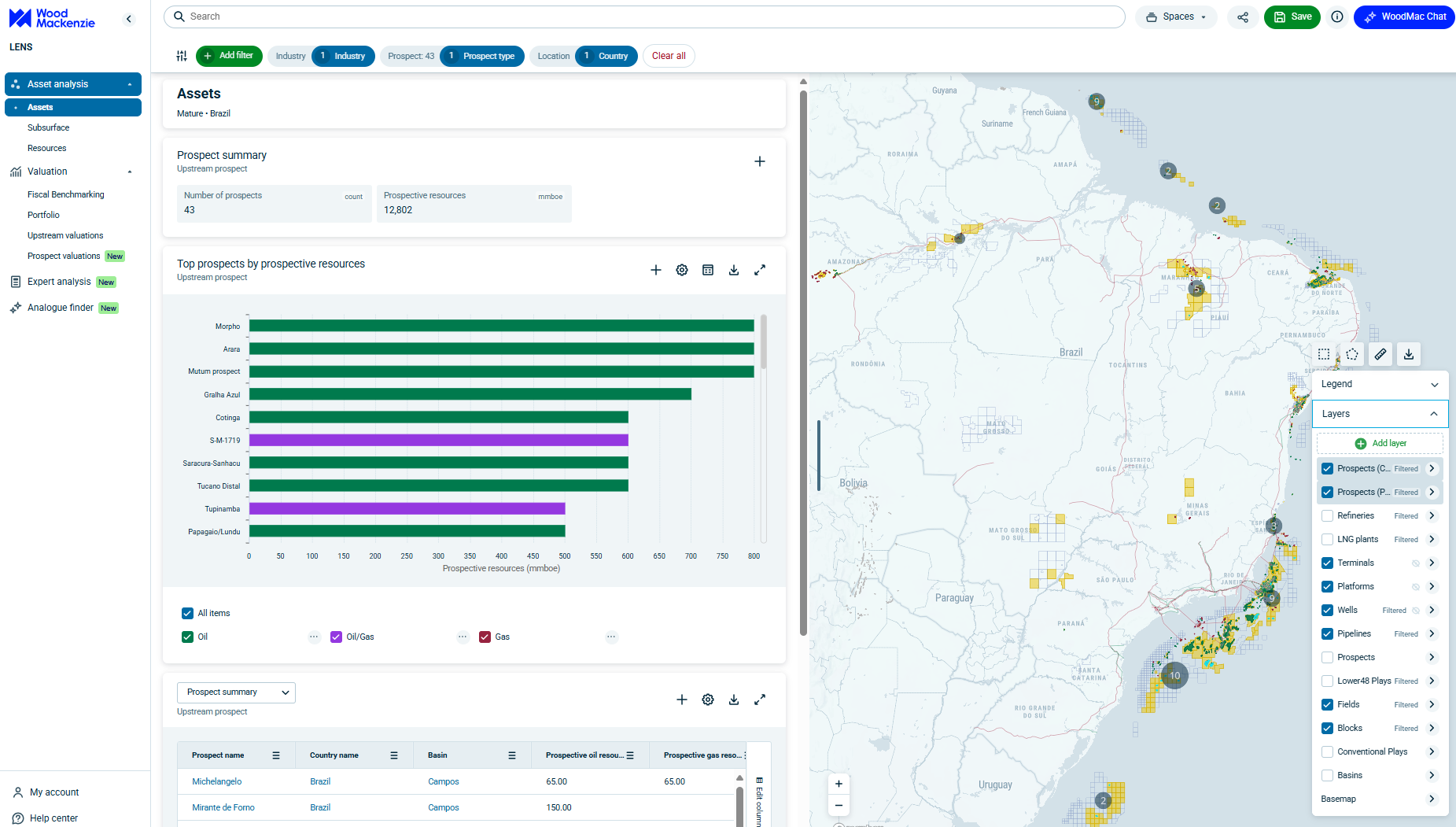Large load tariffs: a looming challenge for utilities
Utility companies seek to contain cost and risk from large load requests with new tariff structures, but they fall short
2 minute read
Ben Hertz-Shargel
Global Head of Grid Edge, Wood Mackenzie Power & Renewables

Ben Hertz-Shargel
Global Head of Grid Edge, Wood Mackenzie Power & Renewables
Ben leads research across electrification and grid technologies, drawing on a decade of executive experience.
Latest articles by Ben
-
The Edge
How data centre growth is driving up US power prices
-
Opinion
Virtual power plant growth is getting very real
-
Opinion
US utility large-load pipelines: a reality check
-
Opinion
Supply chain bottlenecks threaten US data centre power ambitions
-
Opinion
eBook | Power surge: can US electricity supply meet rapidly rising demand?
-
Opinion
Large load tariffs: a looming challenge for utilities
In our recent report 'Load growth on utility terms', we explored how utilities are facing significant challenges in addressing the deluge of large load requests while at the same time supporting state and customer clean energy goals. Download an extract from the full report by filling out the form at the top of this page, or read on for a summary of some of the report’s key points.
The tariff dilemma
Utilities are facing significant challenges in addressing the deluge of large load requests while at the same time supporting state and customer clean energy goals. They have responded by developing two types of rate tariffs:
- Clean transition tariffs enable large load customers in regulated utility territories to offtake renewable capacity from third-party developers, in order to meet their clean energy goals.
- Large load tariffs, by contrast, are designed to protect utility shareholders and other customers from the costs and risks associated with the infrastructure required to accommodate large loads.
Misalignment and risk
An analysis of 20 large load tariffs reveals that these tariffs, while in some cases making meaningful strides, are inadequate in achieving their intended purpose. Their minimum contract terms are far shorter than the recovery period of generation and transmission infrastructure, which is often 20-30 years, and their energy and demand charge rates are insufficient to cover the costs of new power plants - particularly new combined-cycle gas plants.
Should large load customers choose or be forced to exit early, such as because of a change in market conditions, utilities would be forced to burden shareholders or other customers with the revenue shortfall from long-term generation commitments.
Potential solutions and their pitfalls
Various options to mitigate these shortcomings exist, such as negotiating stricter terms in the electricity supply agreements ultimately signed by the customer, or requiring more expansive upfront construction payments from them. Another proposed solution is allowing large load customers to mitigate each other's risk by transferring unused capacity in the event a customer exits.
These approaches are problematic, however. In the former case, reliance on confidential construction and electricity supply agreements reduces transparency and defeats the purpose of the large load tariff as the source of key terms of service, which are vetted through a stakeholder process and apply uniformly to large load customers.
Clean transition tariffs: a surprising answer
Ironically, clean transition tariffs offer the best solution to the challenges posed by large load requests. These tariffs, while developed for the purpose of sustainability, can serve the dual purpose of removing large load-caused base load generation from the utility’s books. This approach doesn't threaten vertically-integrated utilities with deregulation but instead relieves them from taking on systemic credit risk from a single customer type with long-term business uncertainty.
Learn more
To download your complimentary extract from our full 'Load growth on utility terms' report, including more detailed graphs and figures, simply fill out the form at the top of the page.






